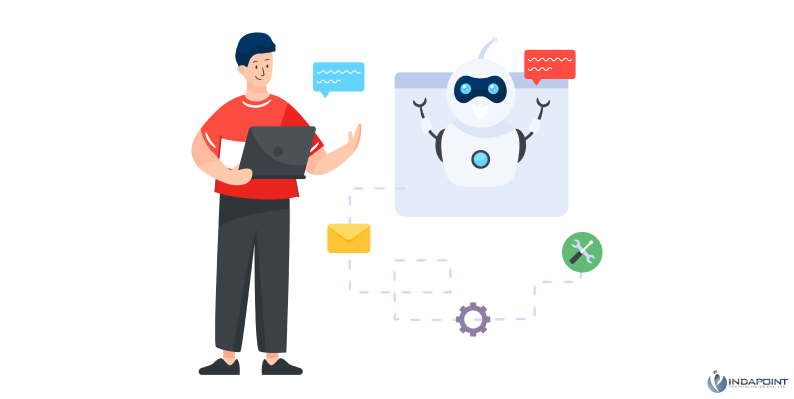Maximizing Efficiency: When to Opt for One Large Language Model Over Multiple Models
April 23, 2024

Natural language processing (NLP) is a crucial component of AI applications, with language models being the core of its development. Historically, statistical methods were used to construct language models, but recent advancements in deep learning have led to the emergence of large pre-trained models like GPT-3. The choice between using a single large language model or multiple models depends on factors such as task variety, scalability, cost-effectiveness and performance standards. Large pre-trained models, like GPT-3, offer flexibility and adaptability across various applications. However, the choice between multiple models and a single large language model depends on factors like resource allocation, infrastructure complexity and performance requirements.
Maximizing Efficiency: When to Opt for One Large Language Model Over Multiple Models
In the current dynamic technological environment, AI and ML occupy a leading position in terms of innovation. Within the vast array of applications of AI, Natural Language Processing (NLP) has emerged as a fundamental component, enabling interaction between humans and computers and providing power to an extensive variety of services, including language translation and virtual assistants.
At the core of NLP’s progress lie language models, which are sophisticated algorithms designed to comprehend and produce text that resembles that of humans. In the past, statistical methods were employed to construct language models. However, in recent times there has been a significant transition towards deep learning methodologies, which has resulted in the emergence of substantial pre-trained models such as the Generative Pre-trained Transformer (GPT).
Comprehension of Language Models

NLP systems are supported by language models, which empower computers to generate, comprehend, and manipulate human language. By being trained on enormous quantities of text data, these models discover the fundamental structures and patterns of language. Conventional statistical models are dependent on manually constructed features and probabilistic algorithms, while contemporary deep learning models employ neural networks to acquire representations of data in an automated fashion.
Arguments in Favor of Multiple Models
The conventional method for implementing language models entails the utilization of numerous specialized models, each of which is optimized for a distinct objective. Although this methodology provides adaptability and precise regulation of model operation, it possesses intrinsic limitations. The task of overseeing numerous models can be laborious, necessitating supplementary infrastructure and resources. Furthermore, the additional costs and resources required for the training and upkeep of numerous models may hinder both scalability and efficiency.
Pros of employing a single large language model

On the contrary, selecting a single sizable language model presents numerous benefits with regard to resource allocation and operational effectiveness. By integrating numerous functions into a solitary framework, organizations can optimize their physical infrastructure and diminish any potential delays. Proficient in managing a variety of tasks with minimal refinement, large pre-trained models such as GPT-3 allow organizations to utilize a solitary model across a broad spectrum of applications.
Aspects that Impact the Determination
The selection between multiple models and a single large language model is contingent upon a number of factors. Diverse and complex duties frequently derive advantages from the adaptability exhibited by a sizable language model. Scalability considerations are also significant, given the potential difficulties in resource allocation and infrastructure complexity that may arise when attempting to manage multiple models. In addition, performance requirements and cost-effectiveness must be meticulously considered when reaching a conclusion.
Conclusion
Choosing between one large language model or multiple models depends on various factors such as task diversity, scalability, cost-effectiveness and performance requirements. Although both strategies have unique benefits, businesses need to assess their options diligently and select the approach that aligns most closely with their goals.
Are you looking to harness the power of language models for your business? Whether you’re considering one large model or multiple models, we’re here to help. Contact us today to discuss your requirements and discover how our expertise and experience can drive success in your AI initiatives.





